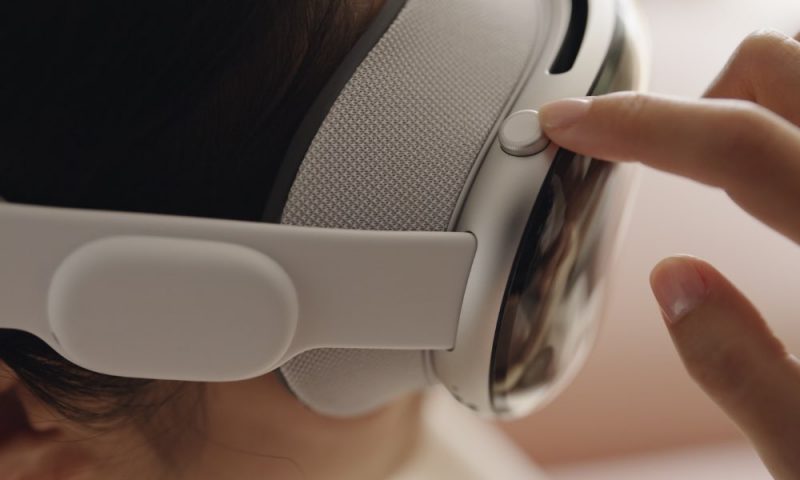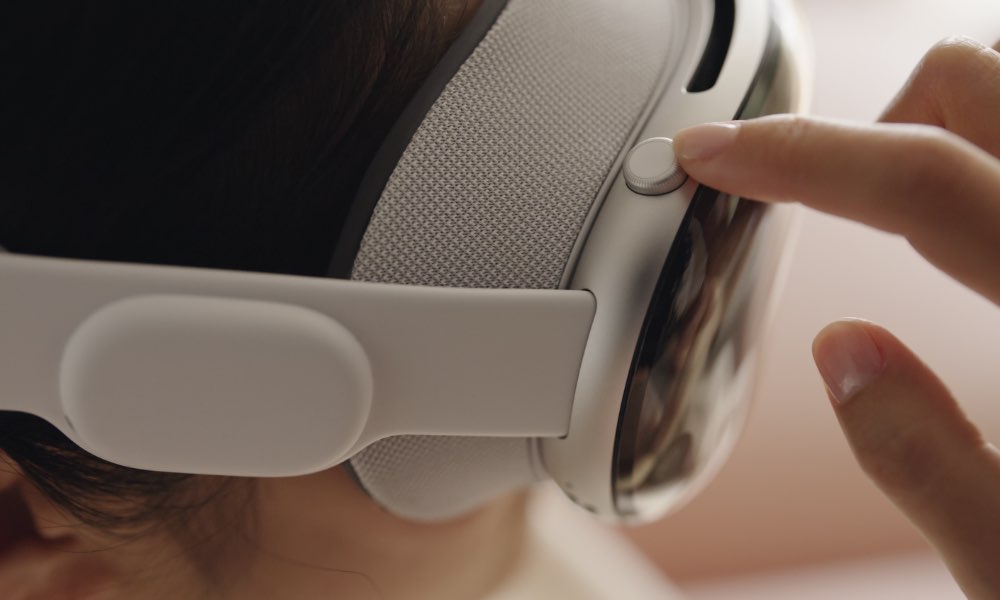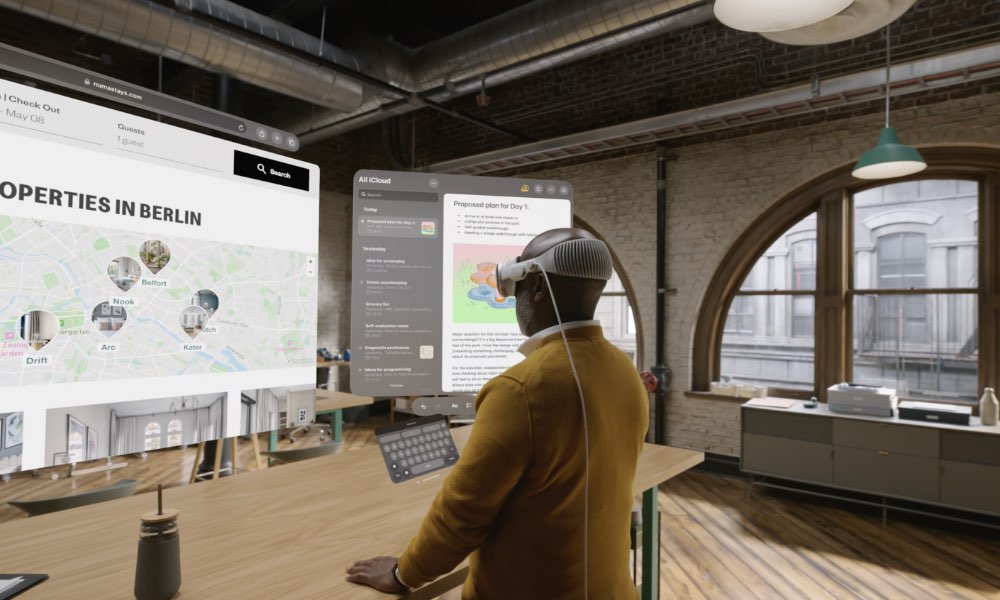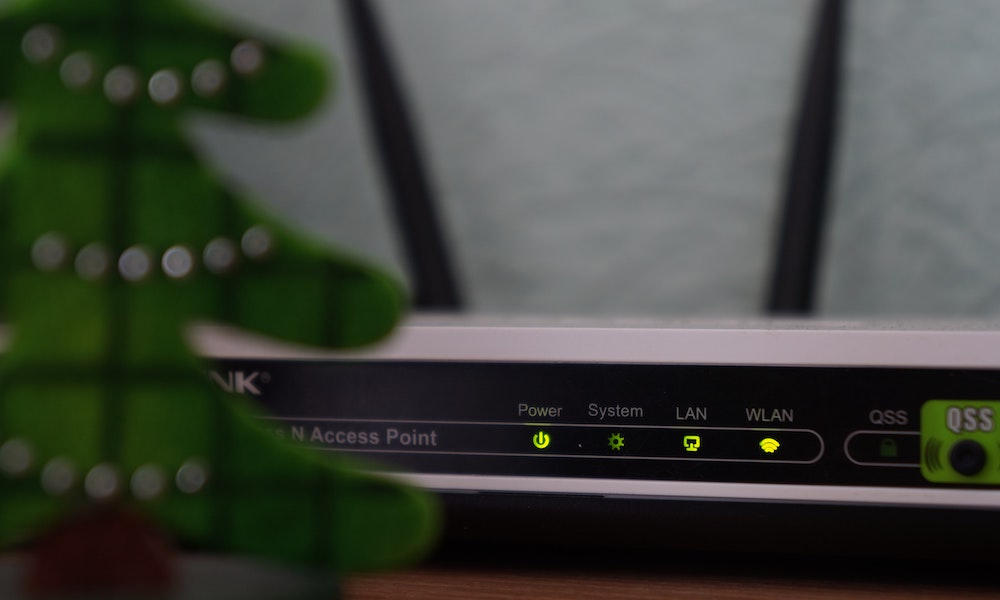The iPhone 15 May Get a New ‘U2’ Chip for the Apple Vision Pro


Four years ago, Apple took its first foray into ultra Wideband communications when it added a new U1 chip to the iPhone 11 lineup. Although that chip didn’t do much at the time — it was initially limited to improving AirDrop transfers — Apple was laying the groundwork for many new products and features, the most significant being its AirTags item trackers released in 2021 with Precision Finding that could guide your iPhone to the exact spot where your lost items were hiding.
The Apple Watch Series 6 also gained the U1 chip the following year, leaving many folks scratching their heads as to what possible use it could have in Apple’s wearable. Even in Apple’s upcoming watchOS 10 release, Precision Finding still isn’t available on the Apple Watch. However, it now plays a role in Apple’s Digital Car Key technology.
More Powerful Ultra Wideband for Vision Pro
Now, analyst Ming-Chi Kuo is speculating that Apple will be “aggressively” stepping up the hardware specs in the next-generation iPhone models “to build a more competitive ecosystem for Vision Pro,” likely starting with the U1 ultra wideband chip.
Although Kuo doesn’t cite any specific sources as evidence for his theories, the analyst has his hand firmly on the pulse of what’s going on among those who manufacture parts and components for Apple’s products. So, even though some of this may be guesswork on Kuo’s part, they’re educated guesses from reading what’s going on among Apple’s suppliers.
It’s also not a stretch since building ecosystems is what Apple does. Even though the Vision Pro is made to be a fully standalone product and not tied to an iPhone the way an Apple Watch is, there’s every reason to believe that Apple wants to ensure a seamless experience as folks move from their iPhone and Vision Pro headset and back.

Doing this will require faster and more efficient communications between the two devices, and ultra-wideband communications would form a foundation for that. Kuo predicts that the UWB chip in this year’s iPhone 15 will move “from [a] 16nm to more advanced 7nm” fabrication process, which in turn could offer improved performance for communicating with the Vision Pro.
What Apple will call that new chip is anybody’s guess. The idea that Apple might go with “U2” is amusing, considering its erstwhile partnership with the Irish rock band, but it’s not far-fetched since this is just an internal component that Apple doesn’t talk about much. It’s also not the first time we’ve heard U2 as a possible name for the new chip.
With Apple’s Vision Pro headset not expected to ship until early next year, the faster UWB chip likely wouldn’t mean much more than the original U1 chip did in the iPhone 11 and Apple Watch Series 6. However, as with those earlier implementations, it’s understandable that Apple would want to get ahead of the game and ensure the latest iPhone is ready.
The iPhone 16 Could Get Wi-Fi 7
Kuo also notes that the 2024 iPhone 16 will likely get an upgrade to Wi-Fi 7, which could provide more seamless integration with the Vision Pro — assuming it also supports the new Wi-Fi standard. Apple hasn’t published all the specs for its new headset, so we’ll have to wait and see whether that’s the case.
Even so, Wi-Fi 7 could spell a significant improvement for iPhone users beyond the Vision Pro, which, let’s face it, most iPhone customers aren’t going to care much about. Wi-Fi 7 promises speeds that are over twice as fast as Wi-Fi 6 without the need for additional antenna hardware, but more importantly, it’s more power-efficient. That won’t matter much until you have a Wi-Fi 7 router at home, but like the iPhone 11 in 2019, the iPhone 16 will be ready for it when you do.

There were rumors three years ago that Apple was toying with 802.11ay, a high-speed, short-range Wi-Fi protocol that could have offered ultra-fast data transmission with a device like a headset. Those reports suggested it would arrive in the iPhone 12, but nothing ever came of it. When a 60GHz wireless transceiver appeared in the Apple Watch Series 7 for diagnostic purposes, many figured the rumor mill had simply misread Apple’s plans, assuming the new wireless hardware the company was working on would be used for 802.11ay Wi-Fi, which runs at the same extremely high frequencies.
[The information provided in this article has NOT been confirmed by Apple and may be speculation. Provided details may not be factual. Take all rumors, tech or otherwise, with a grain of salt.]







